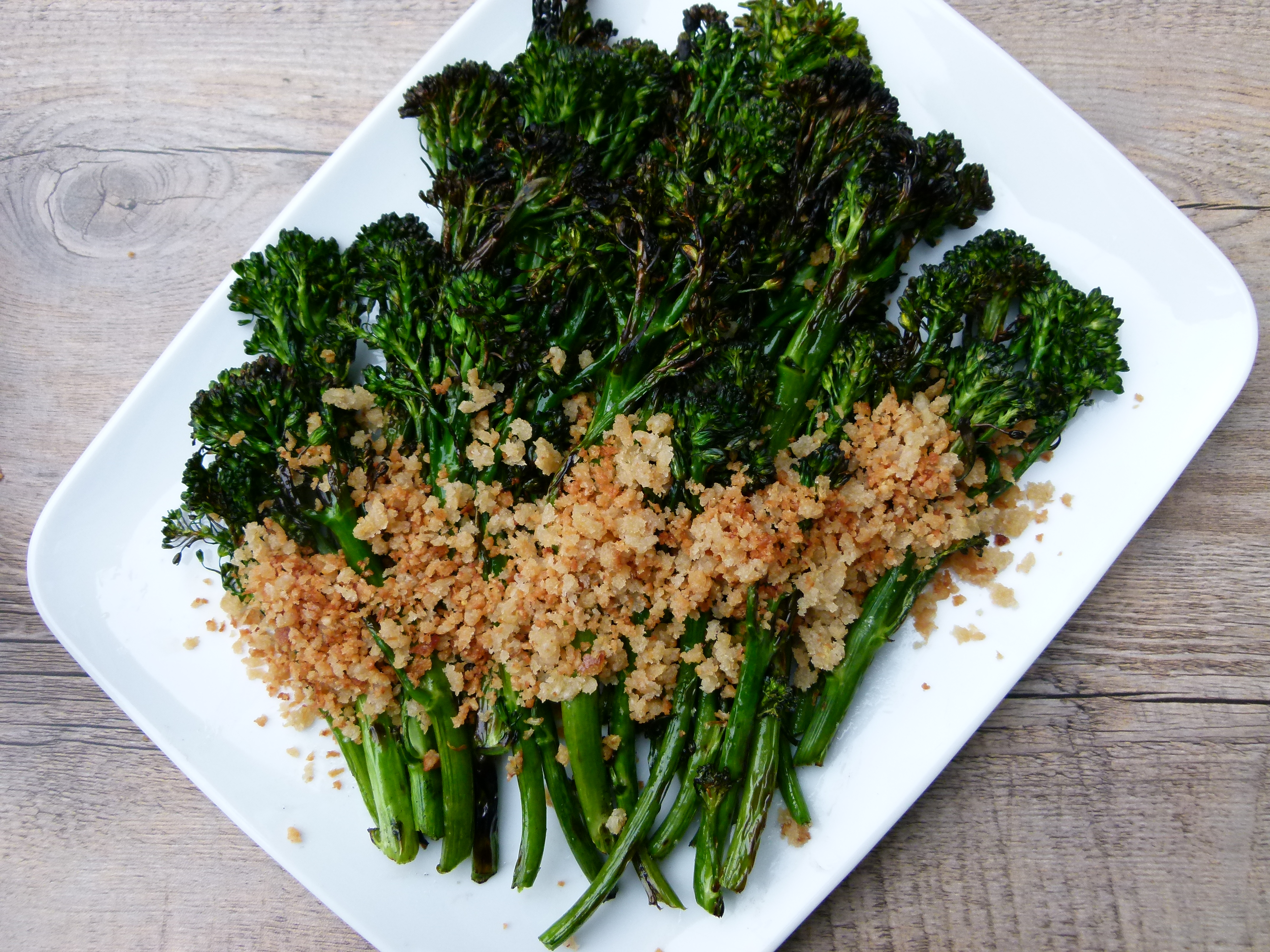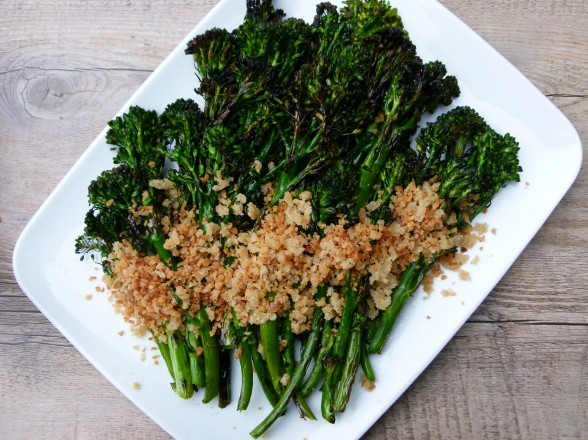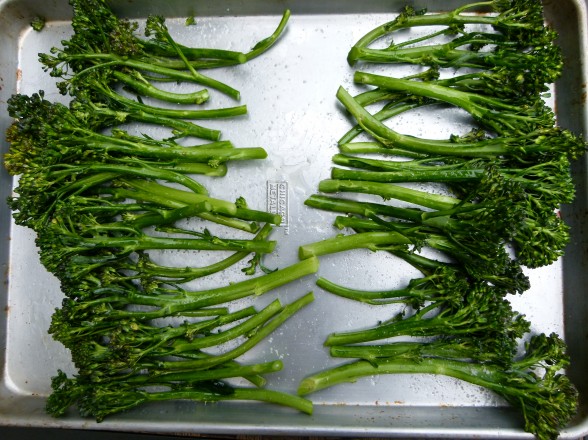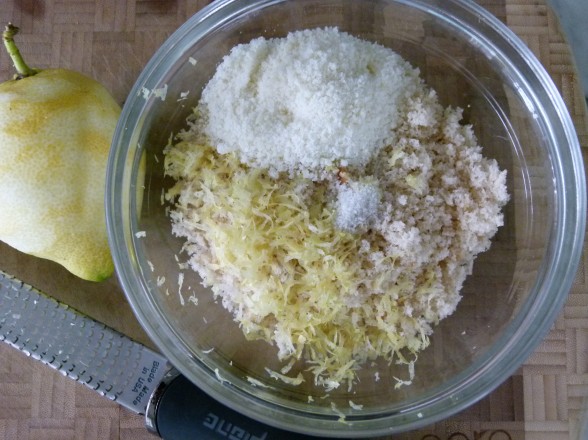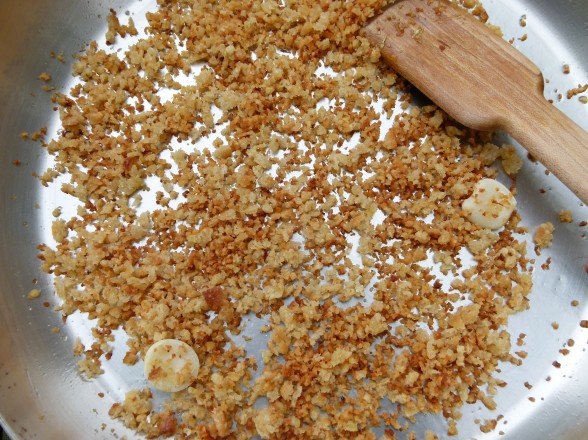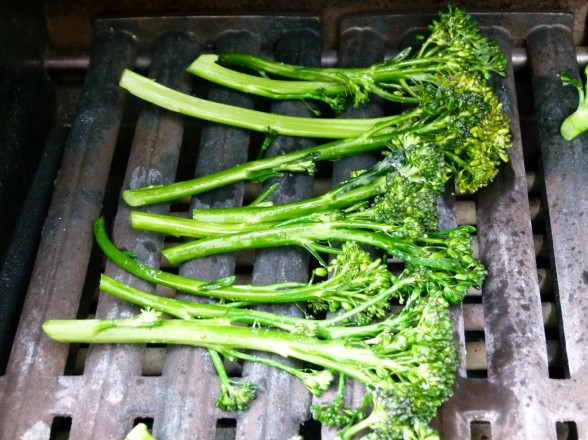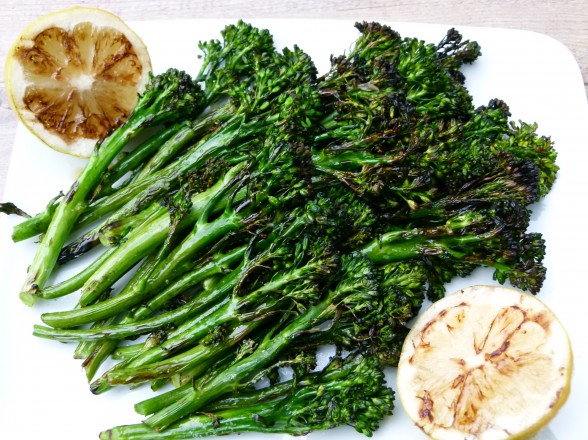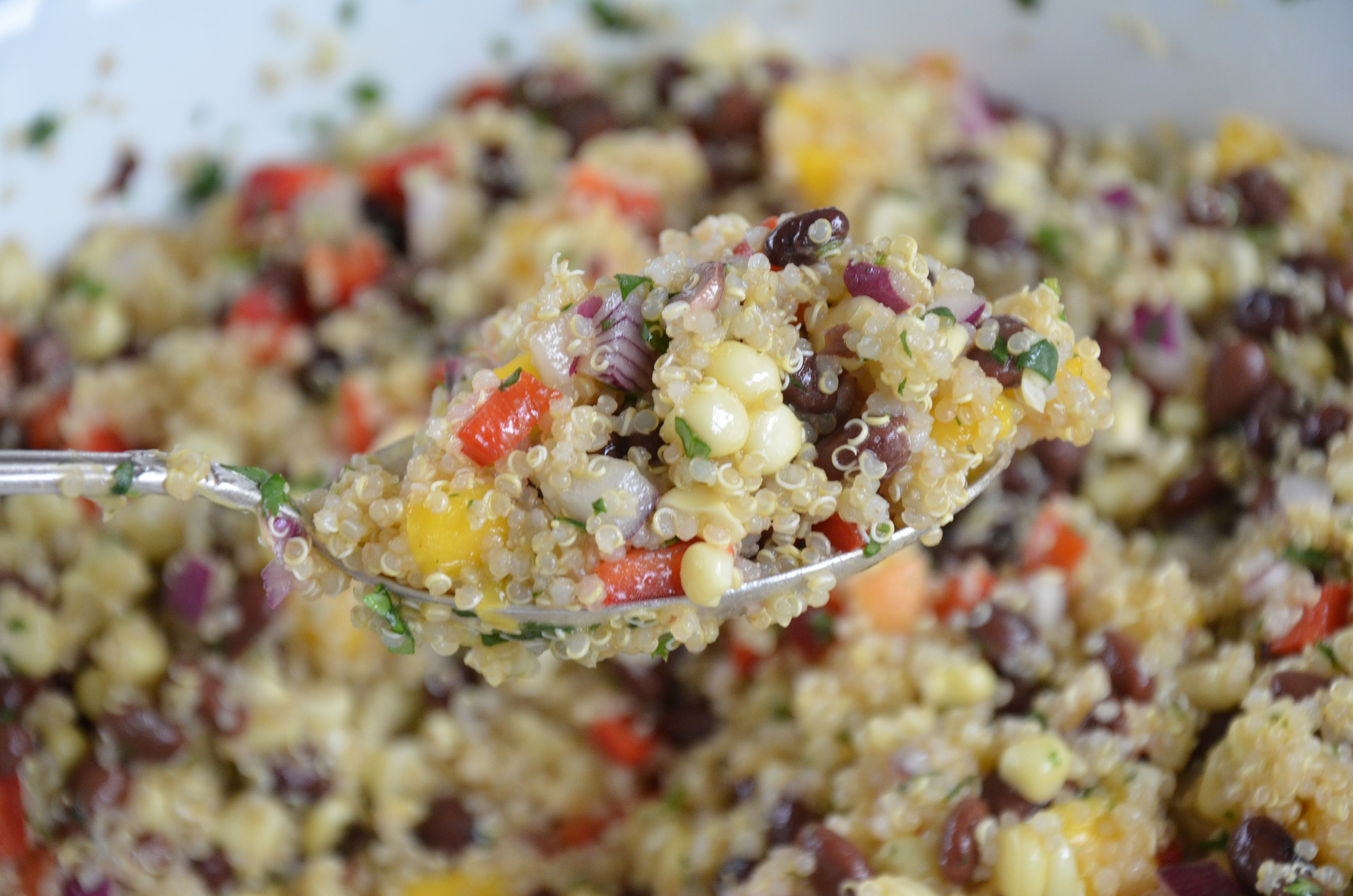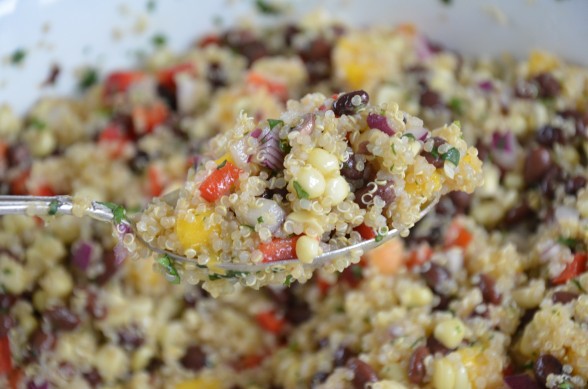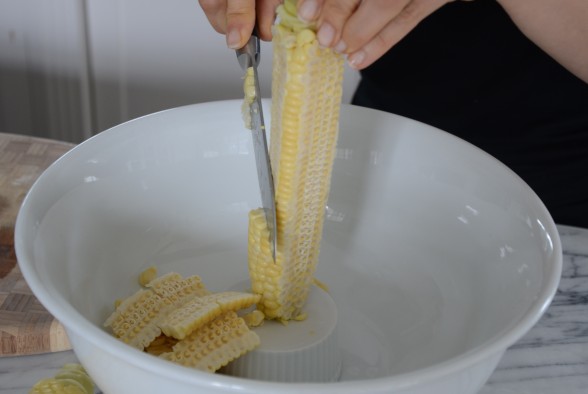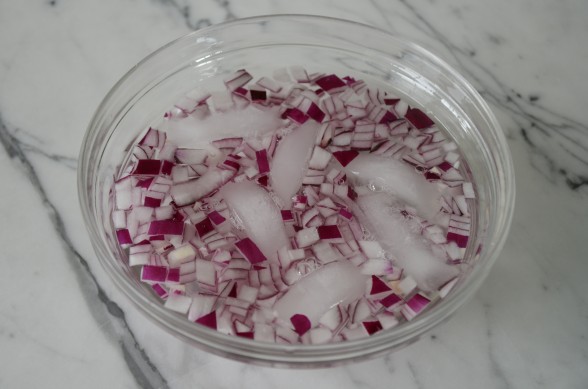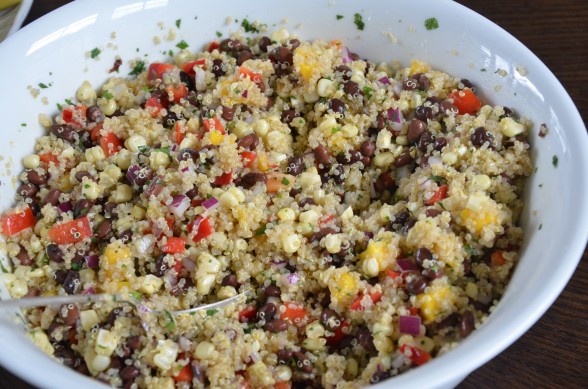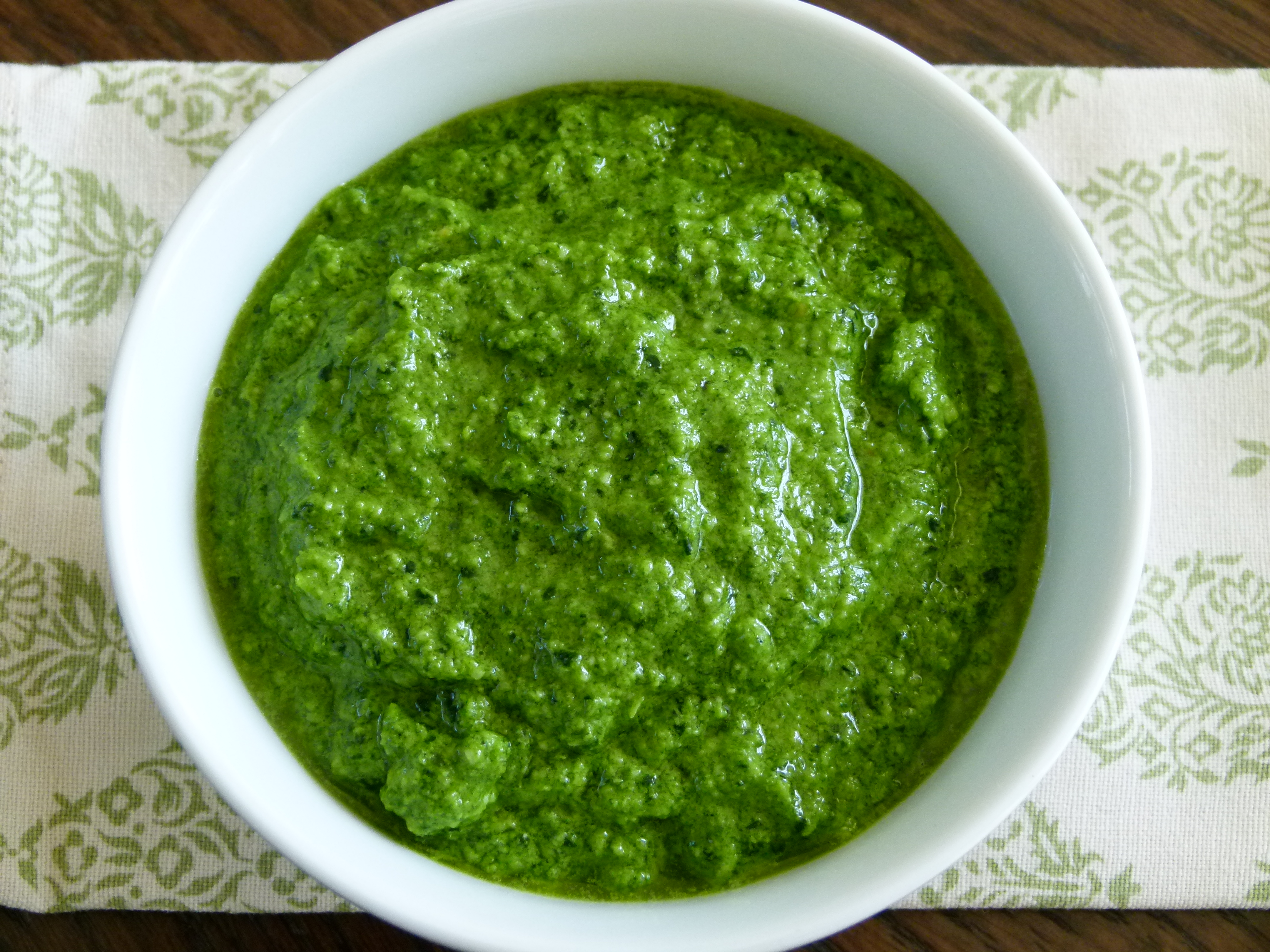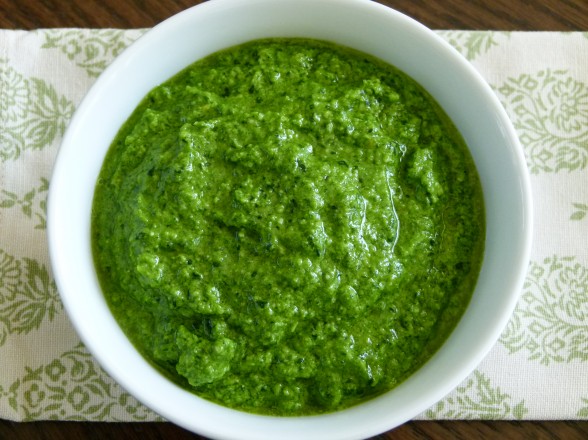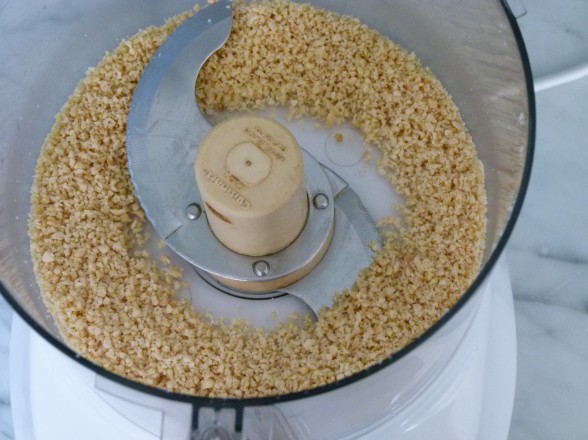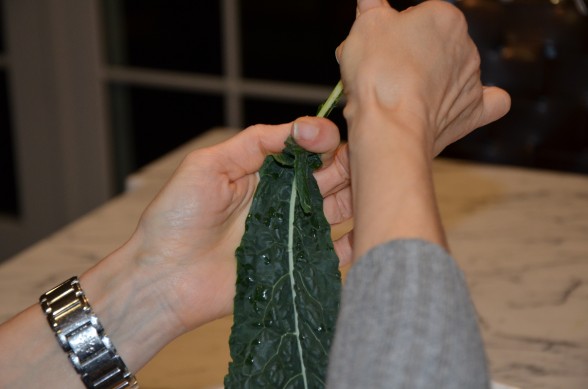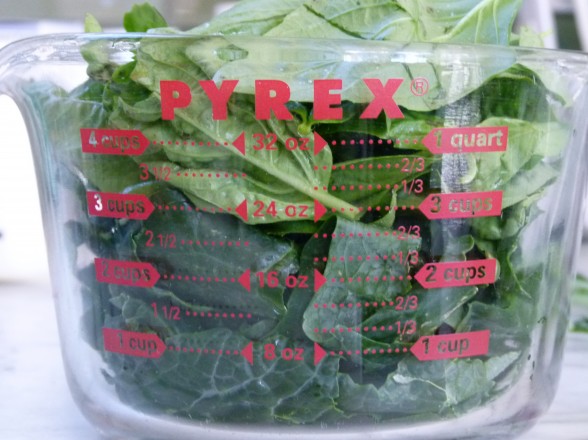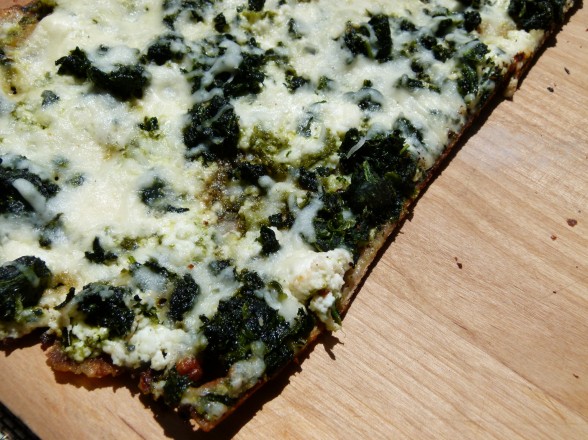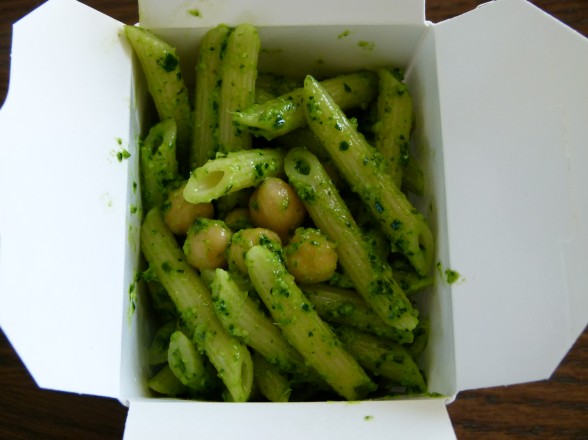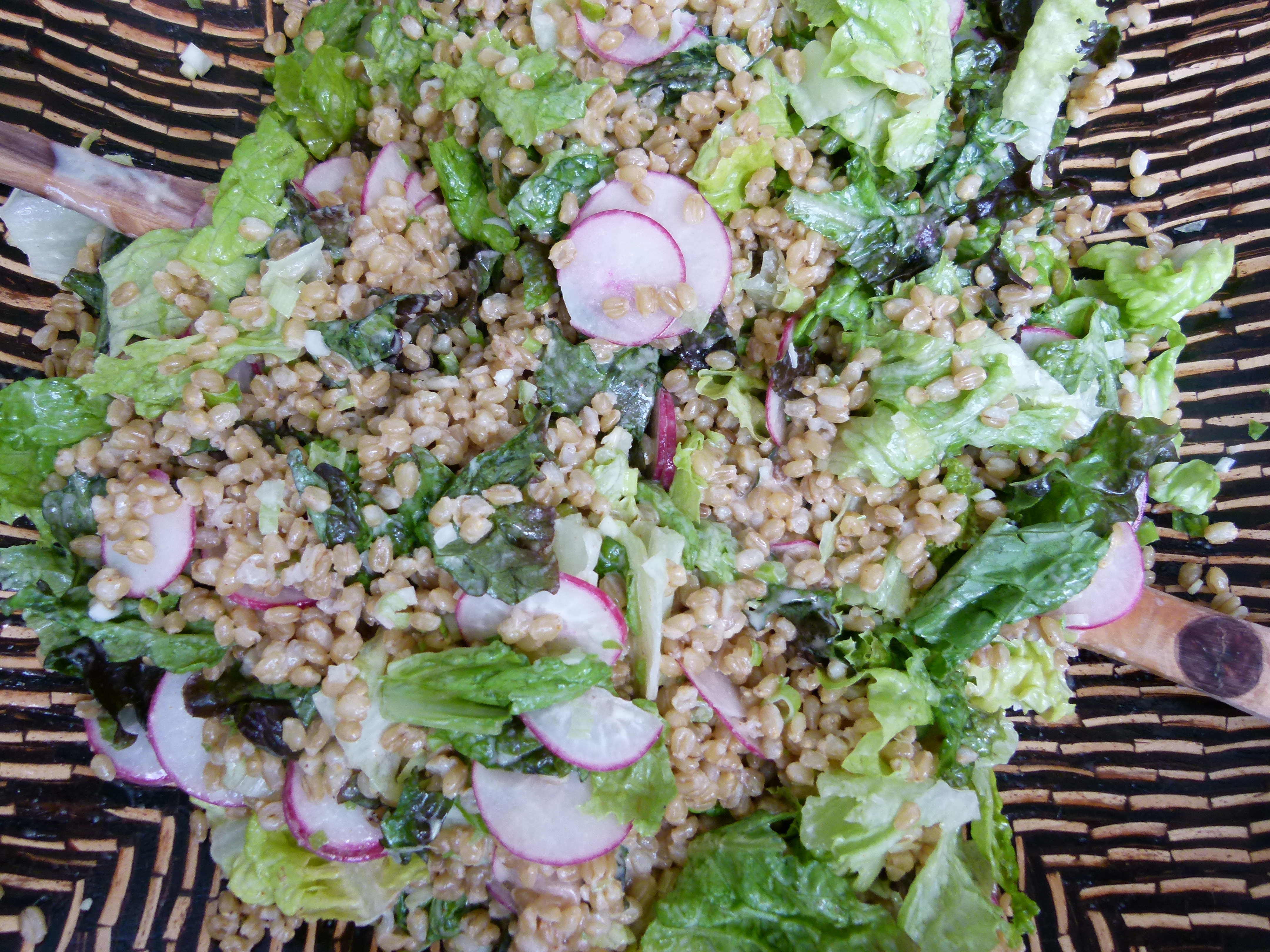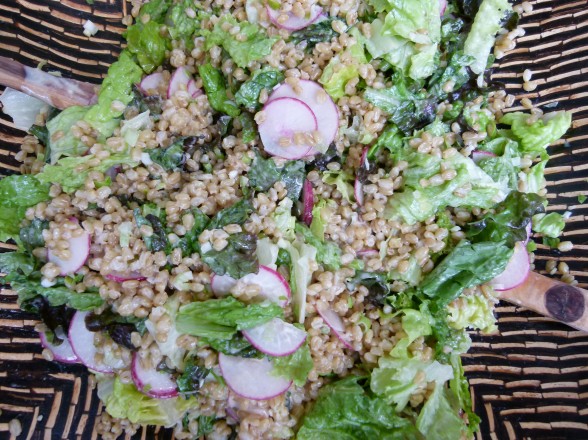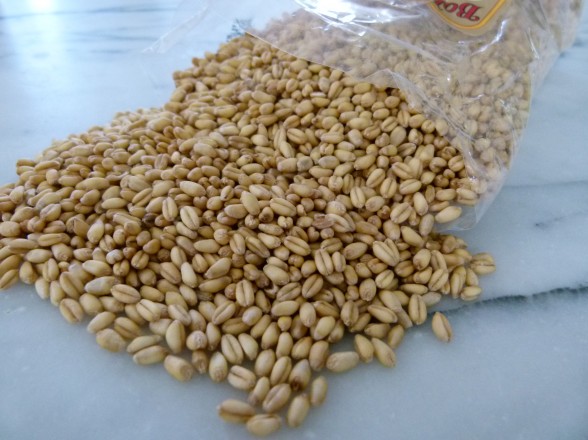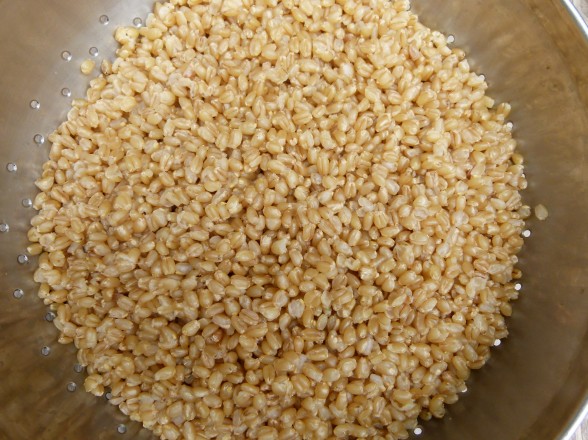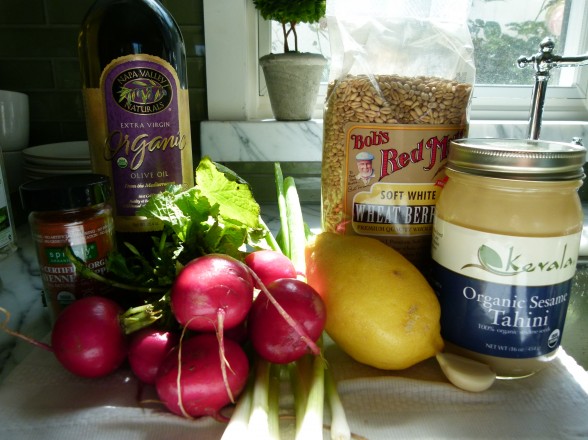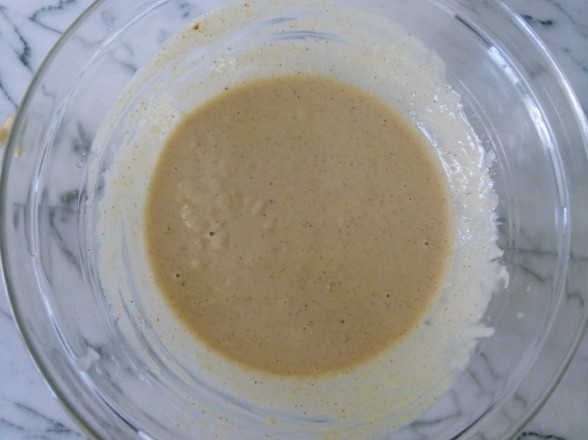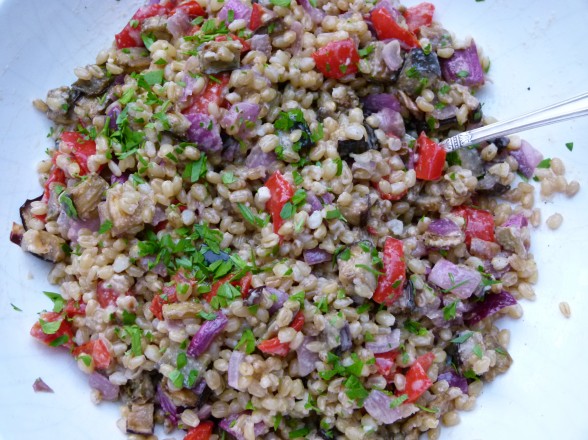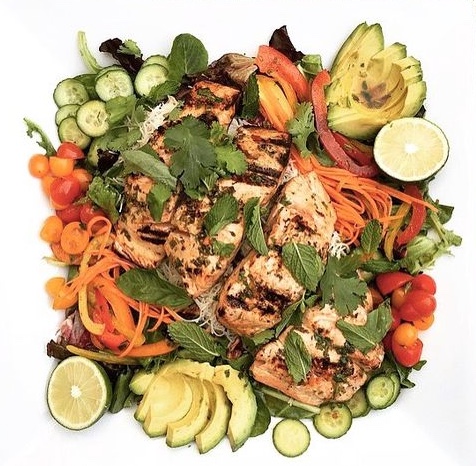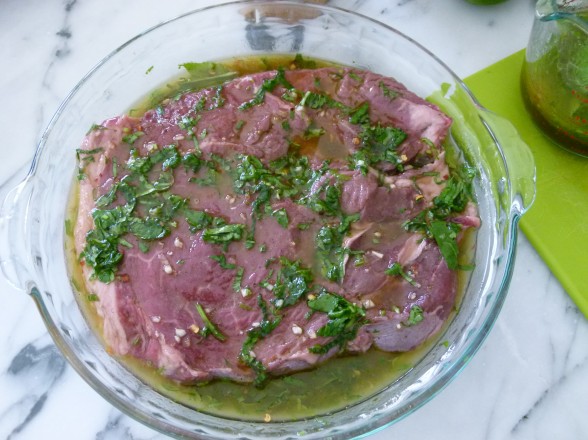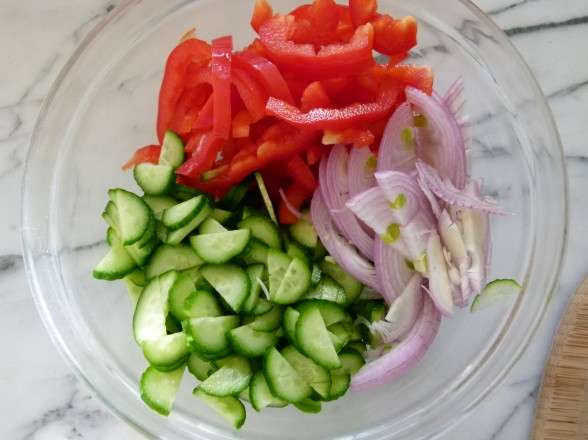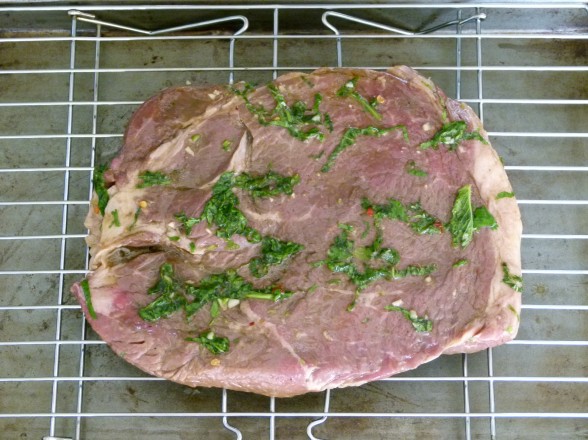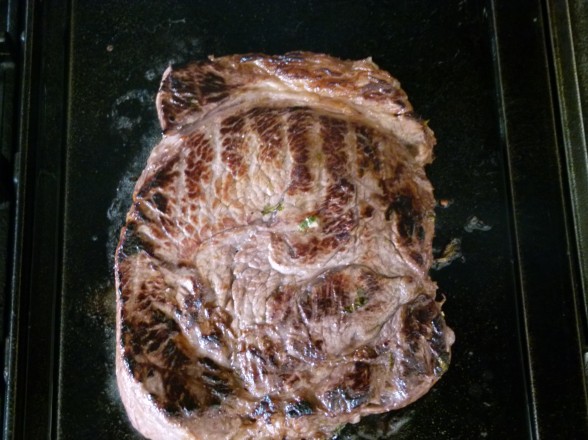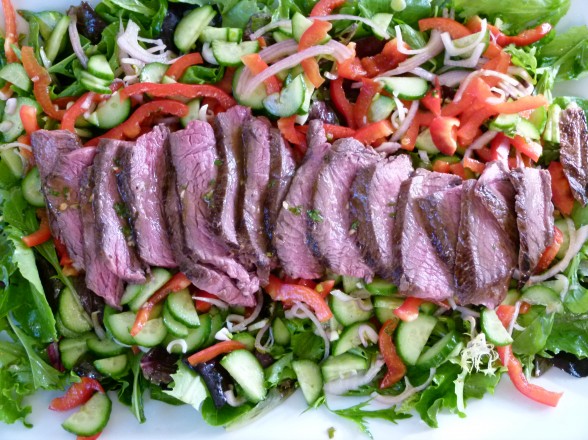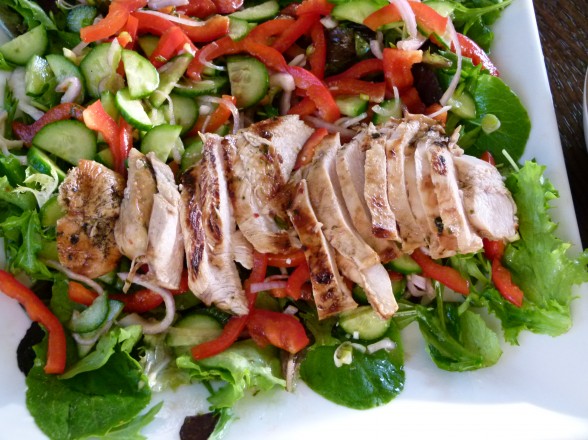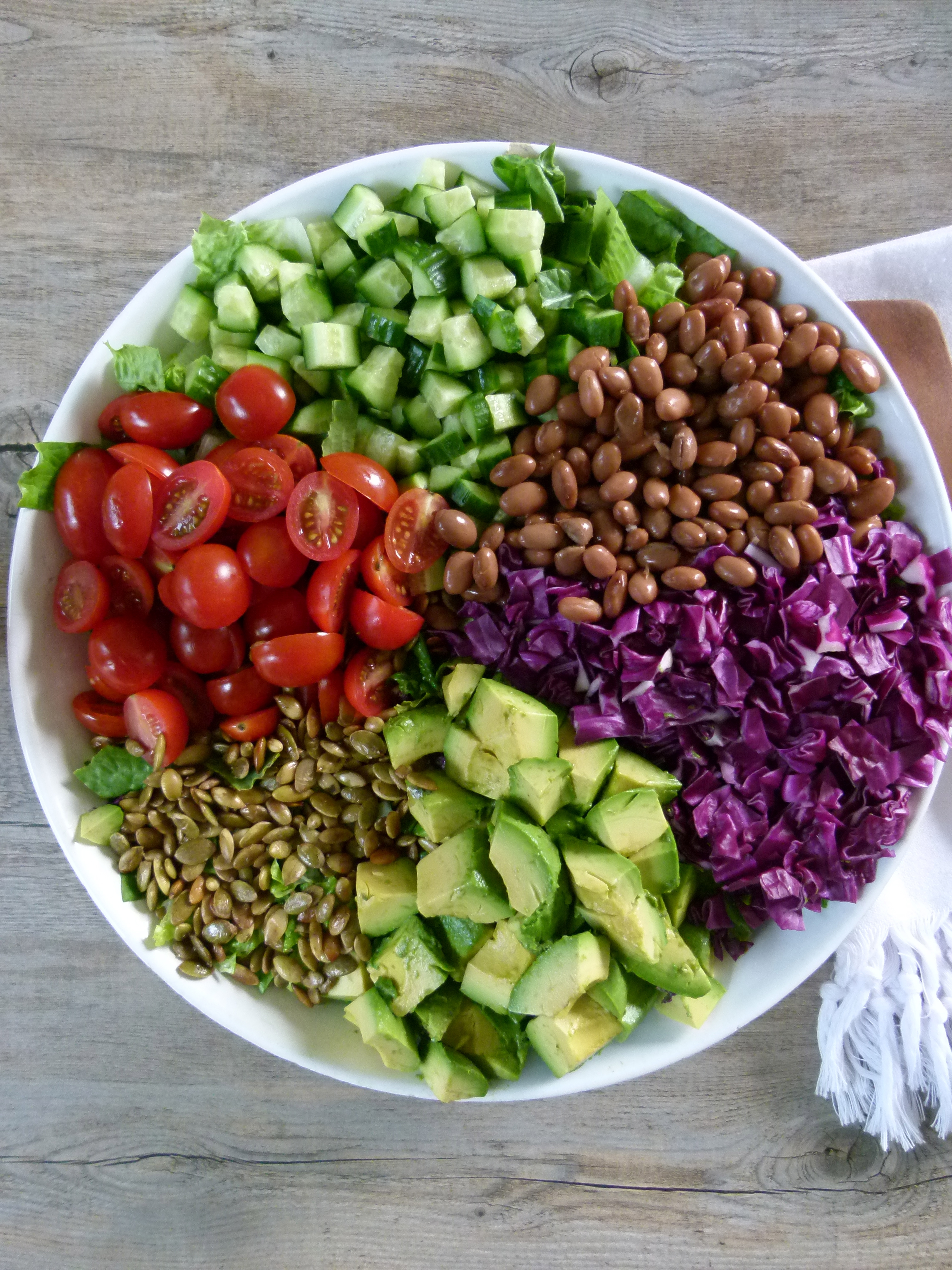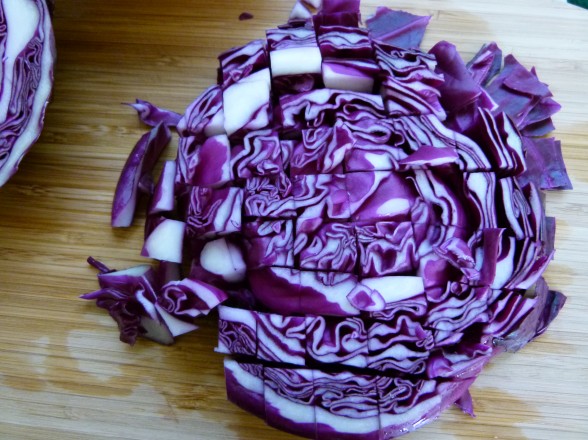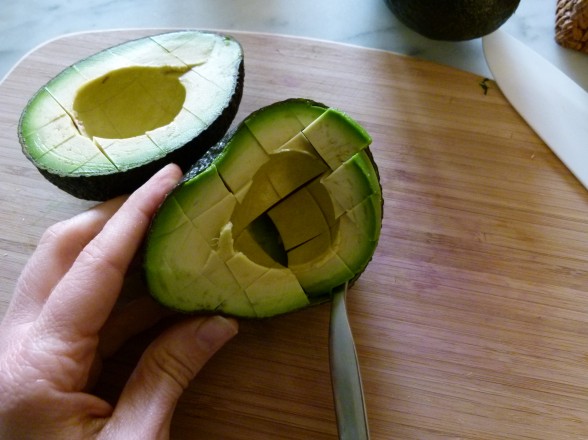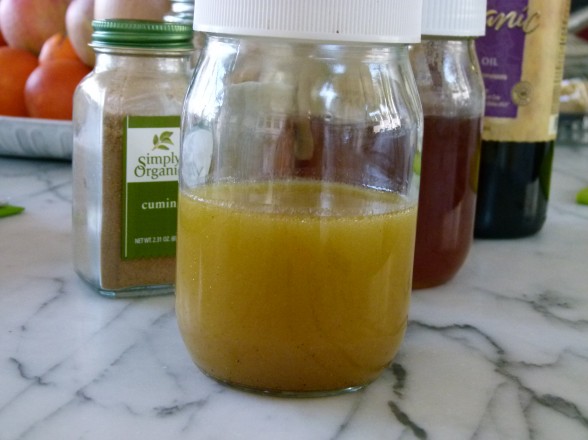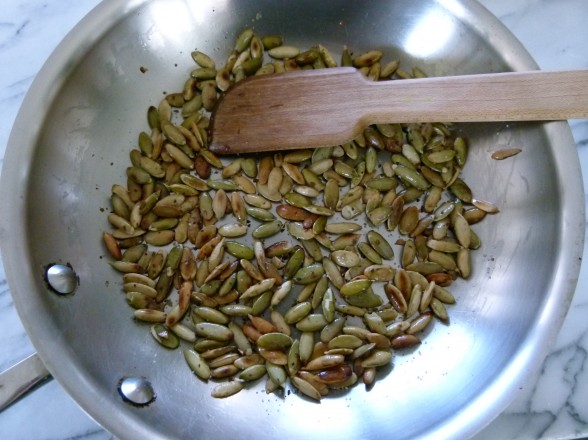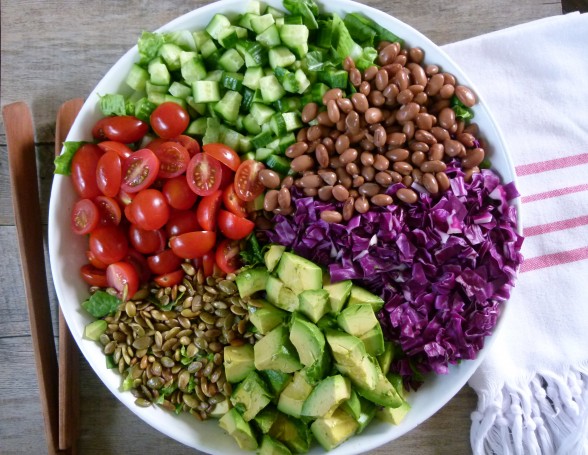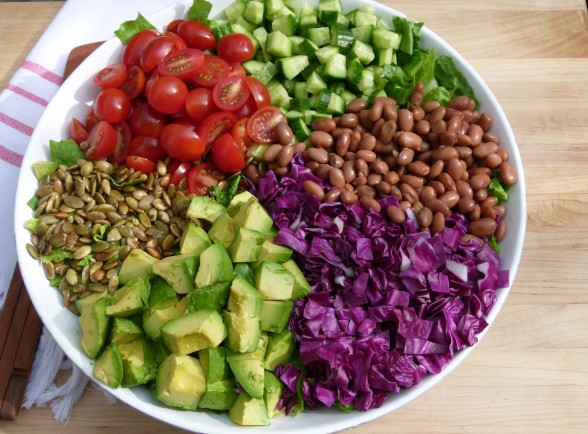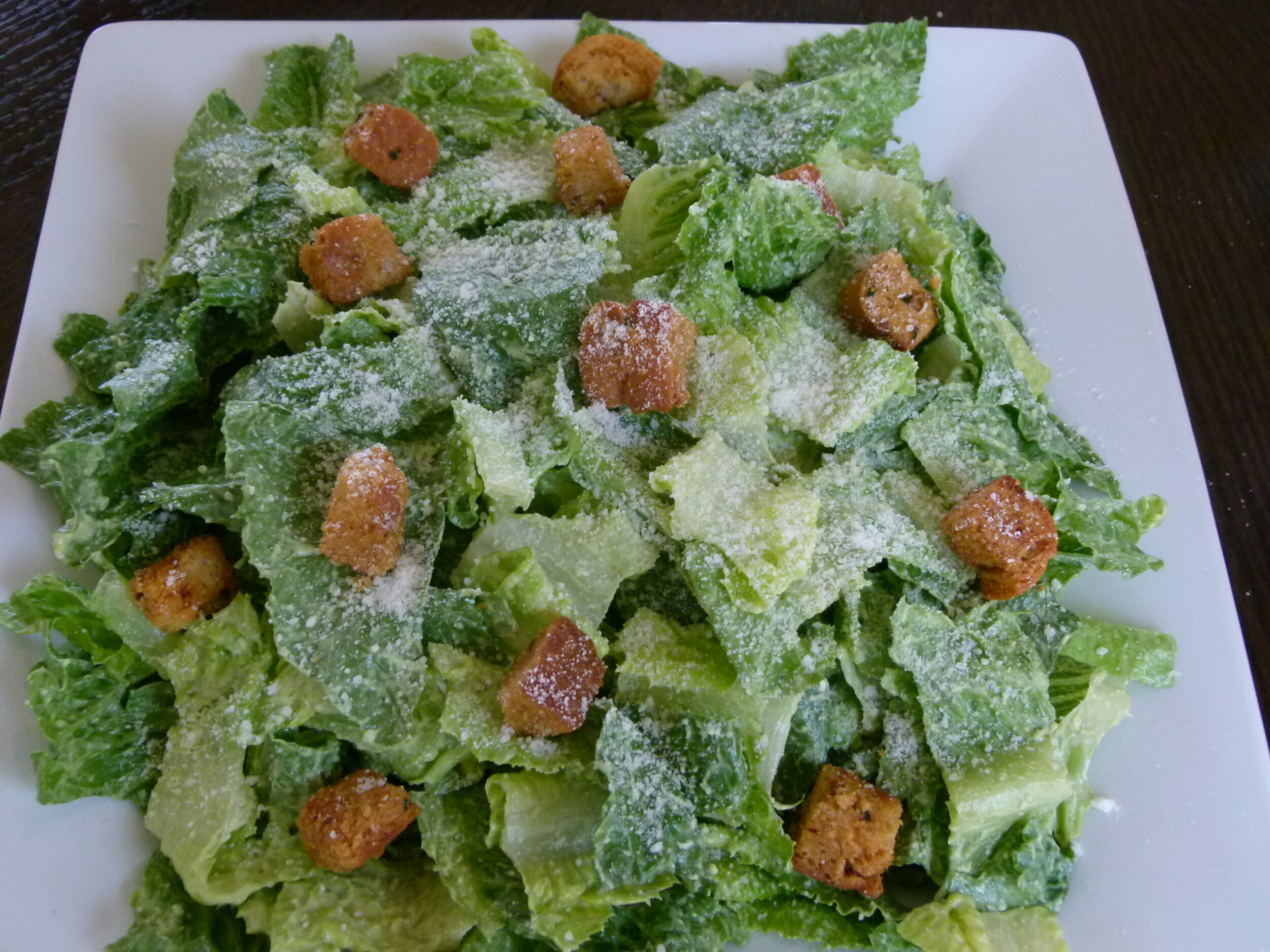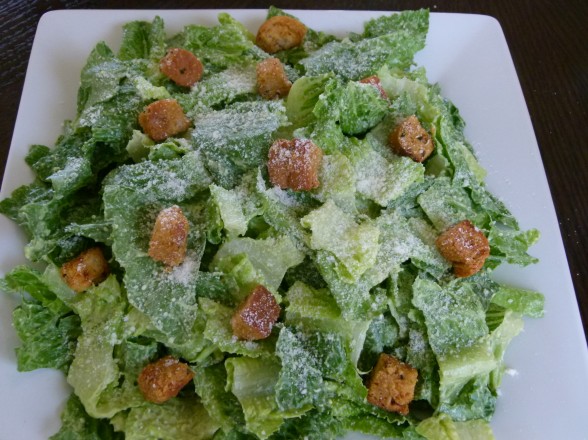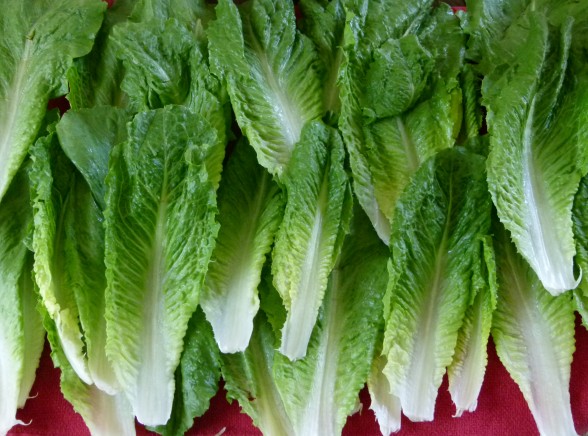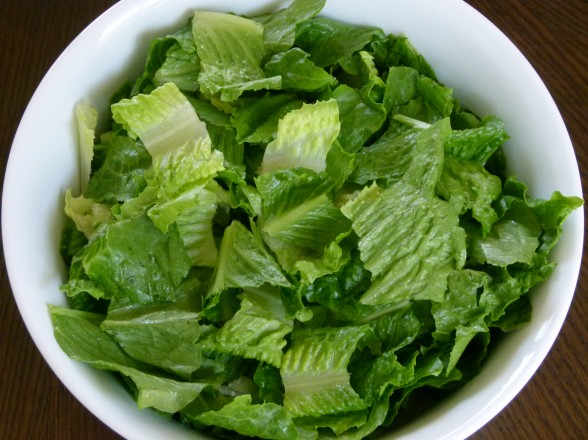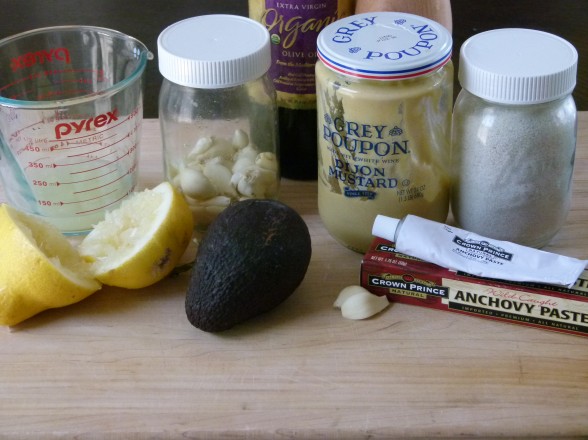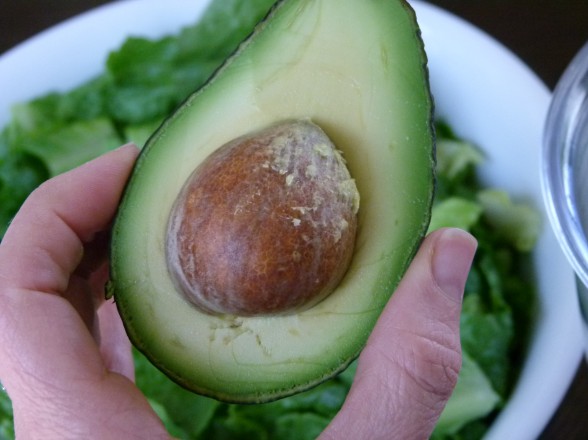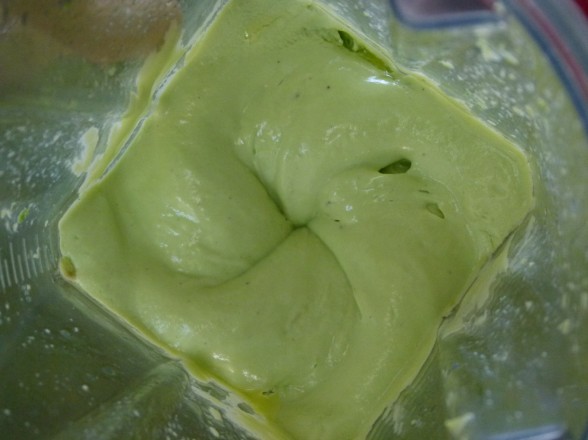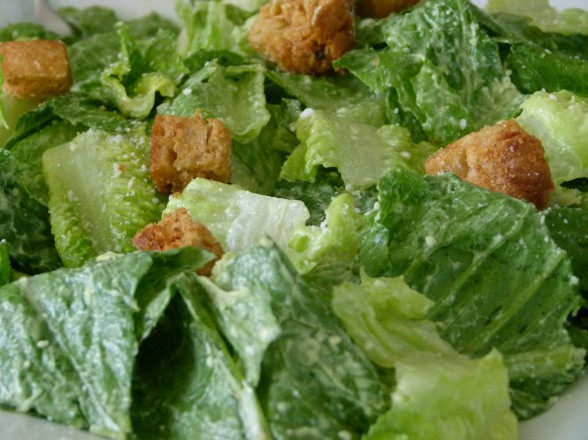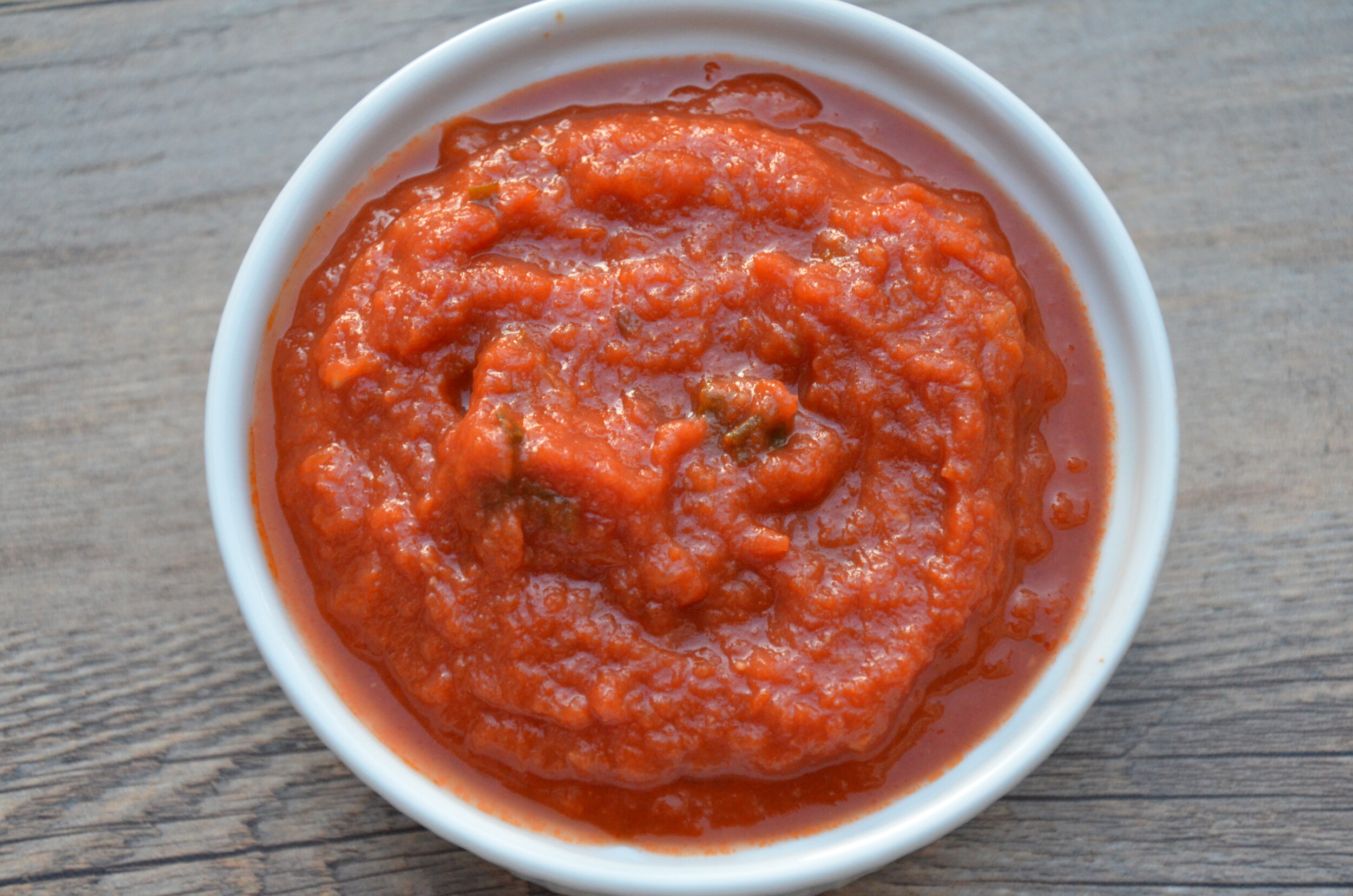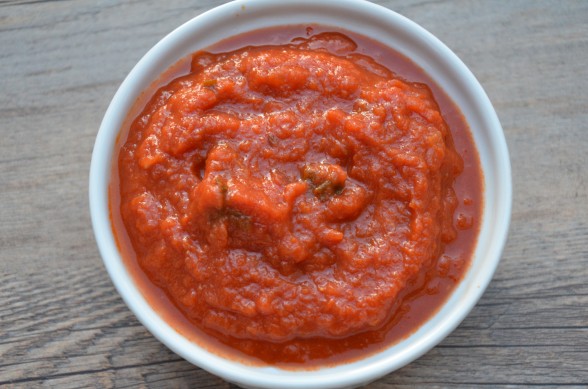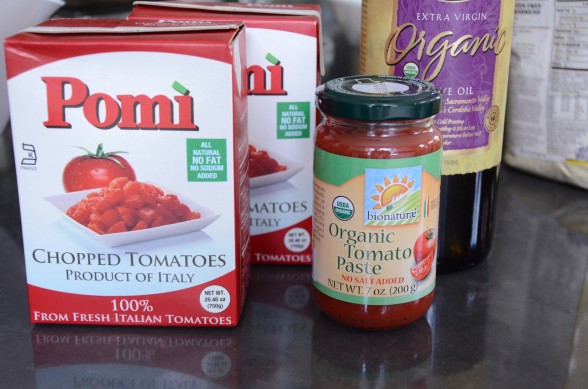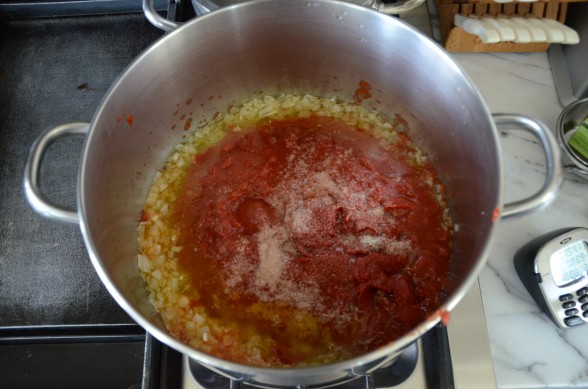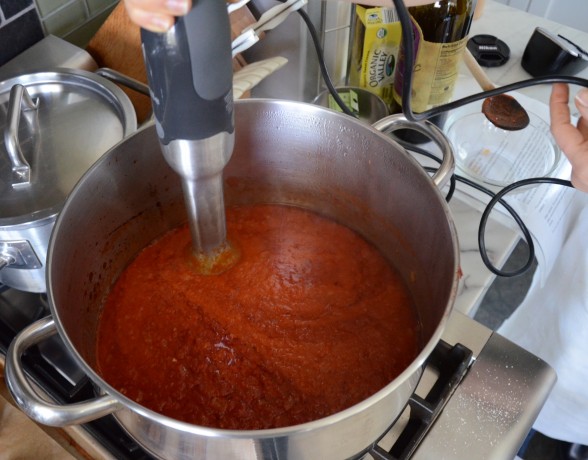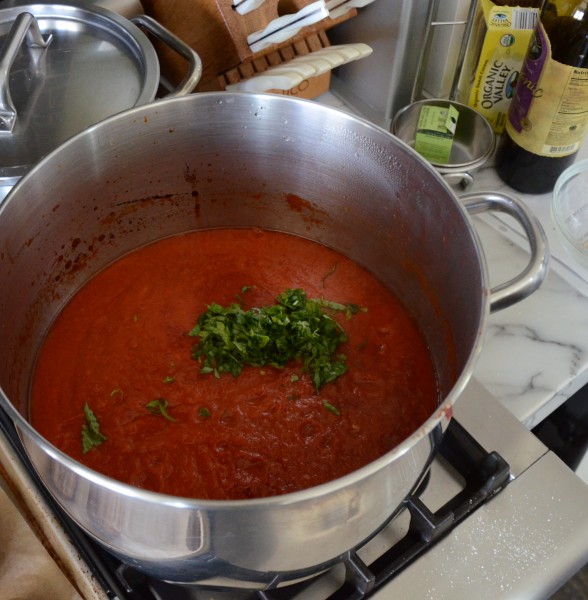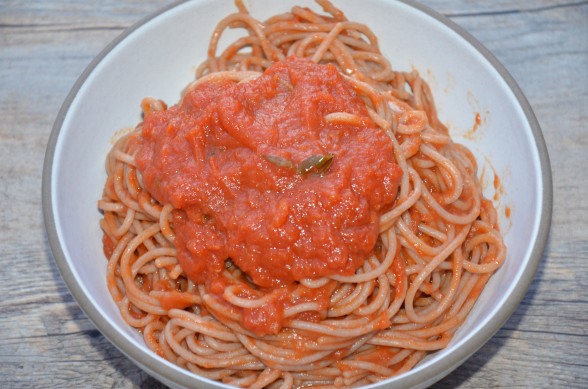Grilled broccolini with lemon-parmesan breadcrumbs recipe
Every food magazine seems to be offering an entire grilling issue this month and for good reason. In most parts of the country, summer is “the” season for outdoor cooking and grilling is an easy and tasty way to prepare a wide variety of foods we love. If you’ve been hanging out at this site for a bit, you probably know that I’m not so fond of grilling animal protein too often since it can be carcinogenic. Since this is not the case for other foods, I will, however, grill just about anything else from vegetables and fruit to potatoes and pizzas.
Although many of my students ask me for new ways to prepare chicken and fish, I tend to keep the animal protein simple and focus on interesting ways to cook my favorite food group, vegetables. And I am always on the lookout for interesting, new vegetables to cook. Enter broccolini! I had never heard of broccolini until probably six or seven years ago, although it has been around since about 1998. It is sometimes referred to as “Baby Broccoli,” “Chinese Kale” or the very appetizing name “Aspiration” (Who in the world came up with that one? Certainly no one with picky kids.) Broccolini is technically a hybrid between regular broccoli and Chinese kale, but it has a more tender stem and sweeter flavor than both. Some people think it tastes like a cross between asparagus and broccoli and that seems pretty accurate to me. However you call it, we love, love, love it!
Broccolini and all its cruciferous cousins are vegetables you want to include regularly in the meal rotation since they are nutritional powerhouses with lots of anti-cancer compounds. We eat a lot of broccolini and broccoli, so I am all about mixing it up a bit so we don’t get bored with the same old, same old. Broccolini is just made for the grill. Its tender stems cook as quickly as asparagus do and the grill adds a fabulous charred flavor to the florets. Normal broccoli tastes fabulous on the grill too, but you have to slice the thick stems in order for it to cook properly and then it looks a little awkward.
This is hardly a recipe and at its simplest you just coat the broccolini in olive oil, sprinkle them with salt and pepper and grill few minutes on each side. The only trick is to avoid burning the florets which is possible if you just stay at the grill the whole time and don’t leave to check your email. Done. This is super easy for weeknights and cool enough to serve to your foodie friends. If a simply grilled vegetable isn’t sophisticated enough for you, you can brush the cut side of a couple lemons with olive oil and grill them cut-side down for a few minutes to squeeze on the broccolini with or without a dusting of Parmesan cheese. Or, make these ridiculously addictive Lemon-Parmesan Breadcrumbs which are so good on these broccolini as well as grilled asparagus, pasta, roasted cherry tomatoes and just about a hundred other things. I have successfully used many different gluten-free breads to make them, used Pecorino (sheep cheese) instead of Parmesan (cow), and eliminated the cheese altogether. I’ve heard the saying, “you can’t make everyone happy.” I’m not so sure about that!
- 2 bunches broccolini, washed, dried, dry ends trimmed (about 1 pound)
- Unrefined olive oil for drizzling the broccolini + 2 Tablespoons
- Sea salt and freshly ground pepper to taste
- A few slices of fresh bread or a roll, but nothing too “flavored,” hard crusts removed
- 3 Tablespoons grated Parmesan or Pecorino-Romano cheese
- Zest of 1 small lemon
- 1 clove garlic, peeled and cut in half
- Preheat a grill over medium heat. Too hot and the florets will burn. Not hot enough and you won’t get a char.
- Drizzle the broccolini with oil and toss with your hands until they’re evenly coated. (I put them on a sheet pan.) Season with salt and pepper.
- Make the breadcrumbs: cut the bread into cubes and place in the bowl of a food processor fitted with a metal blade. Process into crumbs. Measure 1 cup of crumbs.
- In a small bowl, combine crumbs with Parmesan, lemon zest and a pinch of salt.
- Heat 2 Tablespoons oil in a large skillet over medium heat and add the breadcrumb mixture and the garlic. Toast the breadcrumbs, stirring frequently until they start to turn golden brown, like toast. Carefully taste the breadcrumbs to make sure they’re crunchy, but don’t burn your mouth doing it. When they’re done, immediately transfer to a bowl, otherwise they’ll burn sitting in the pan. Remove garlic and discard.
- Place broccolini on the grill and cook until tender, but slightly charred, about 3 minutes. Flip over and cook the other side another 3 minutes. Be careful not to burn the broccolini. Place on a platter and scatter the breadcrumbs on top or serve separately.


